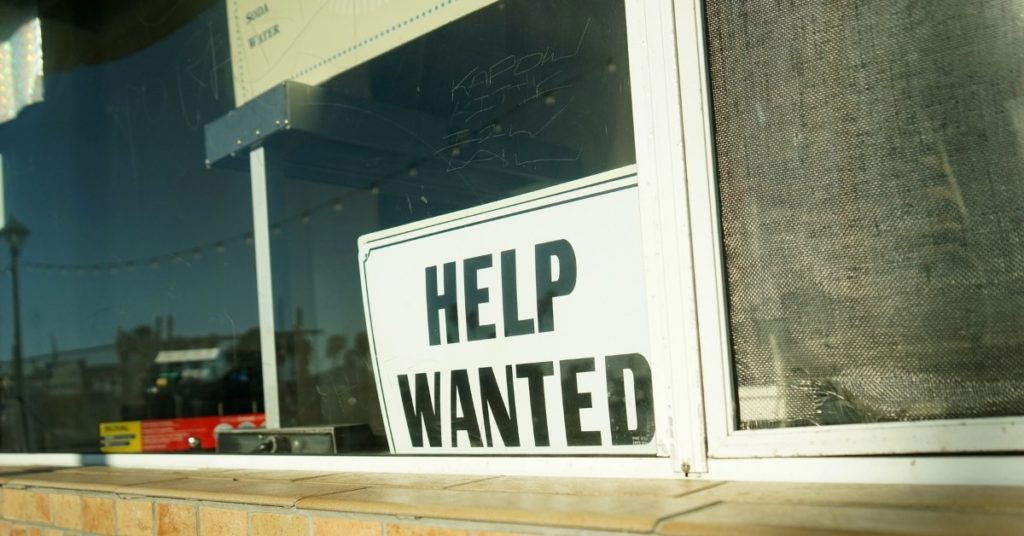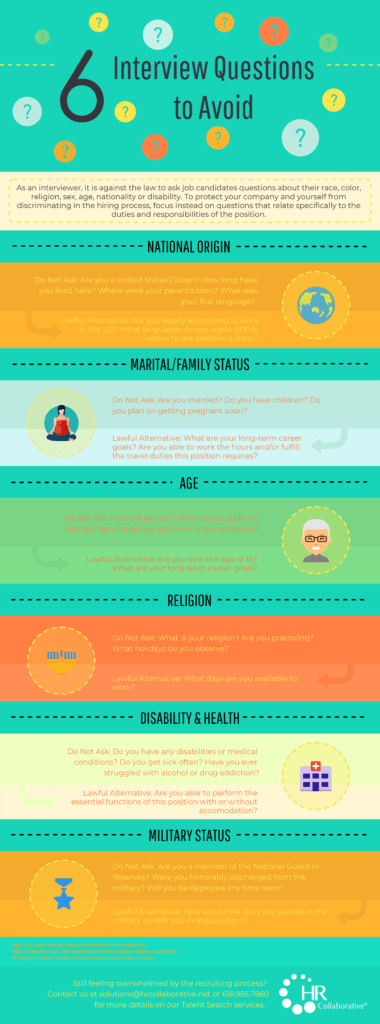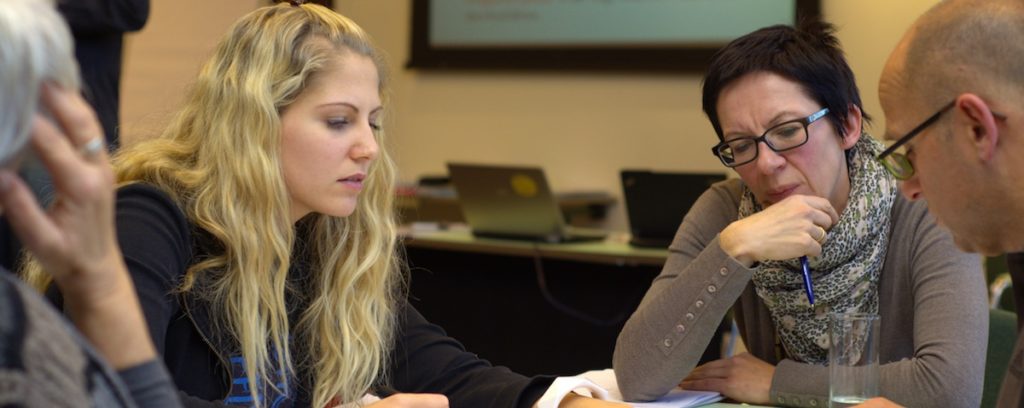Real Life Agile HR: A Sprint Case Study
Written by: HR Collaborative

In our last post, we provided an introduction to the Agile Methodology for HR professionals. This time, we’re taking a look at Agile HR in real life with a short case study on how to use a Sprint to solve a challenge.
Watch Today’s Topic
If you’re having trouble viewing the video, click here.
Agile HR in Real Life: Staffing Sprint
A recent HR Collaborative client in the retail industry was struggling with a significant challenge: staffing. In the current candidate market, many organizations are facing this same obstacle.
With hundreds of employees and several locations open 24/7, attracting and retaining employees was critical to this client’s success. To start moving forward quickly, we decided to tackle the issue together using one of the core practices of the Agile Methodology — a Sprint.
Why a Sprint?
For this particular case, a Sprint offered a variety of benefits.
First, using a Sprint allowed for immediate action. The effects of staffing issues were adding up quickly, and they were directly affecting the bottom line. But with such a big challenge, it was easy to be paralyzed by where to start. The lightweight nature of a Sprint helped get the ball rolling.
Second, it allowed the team to be more creative. Sprints encourage low-risk experimentation. Without the overwhelming pressure of selecting the perfect strategy, a Sprint permitted the client to brainstorm a variety of tactics that were outside their usual line of thinking.
And finally, it provided real-time flexibility. Each location had its own set of staffing challenges. Because of the built-in feedback loop, the team could continually tweak the approach for different locations until they found the combination that worked.
What We Did Together
We started off by gathering all of the frontline managers together. This meeting helped get everyone on the same page about solving the staffing issues.
At the meeting, we came up with a variety of new and exciting ideas. And it only took 90 minutes! There were no wrong answers; we just posed the question, “What can we do?”
Then, we narrowed down those ideas to four. We wanted to test them out quickly, so we prioritized those four ideas and went right into experimentation mode.
Together, we selected a few specific stores and had those stores’ frontline managers implement the ideas to see the impact.
And then, we measured the results. If an idea did make an impact, we rolled it out to several other stores to ensure it would be effective for all.
From conception to experimentation, the Sprint only took four weeks. We continued to measure results after the initial rollout to ensure we had the right stickiness for those new stores.
The results? Pilot stores received 25x more applicants than before the Sprint, and retention for new hires over the holiday season was 100%.
Wrapping Up
A Sprint can be a valuable tool when you’ve identified a problem that needs a solution quickly.
When starting out any Sprint, get the right people in the room — the people that are closest to the problem — to come together and generate a variety of ideas.
Then, start experimenting. By testing in real-time, you’ll be able to quickly see what works and then roll out the idea to more and more areas of the business.
Our Most Recent Articles

Employers to Benefit from New Kinexus Group Acquisition of HR Collaborative
The team at Kinexus Group announced today that they have officially acquired HR Collaborative, a west Michigan-based, women-led community of fractional HR professionals, to meet unmet demand and to serve more employers than ever before.
































































































